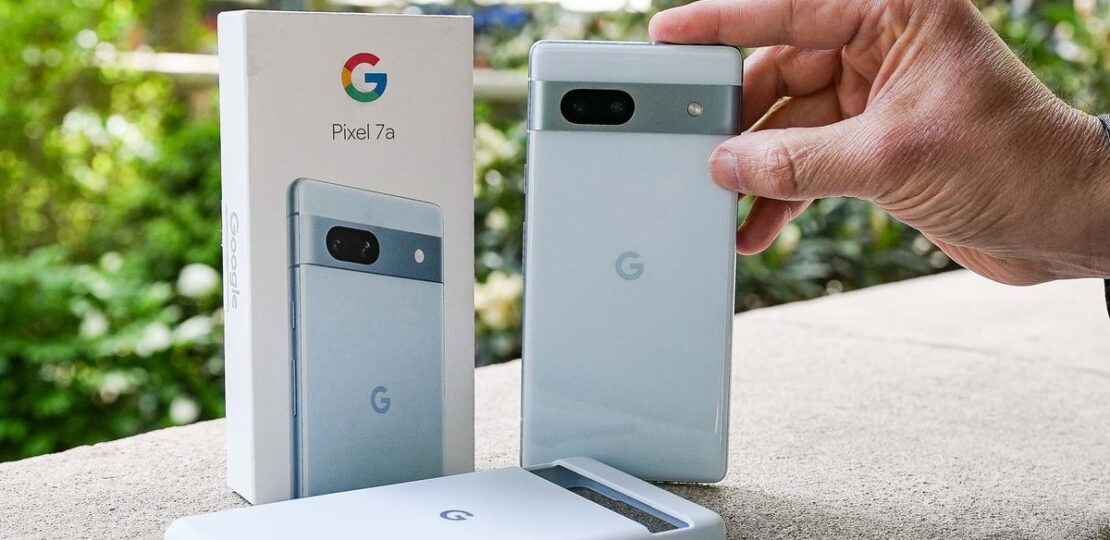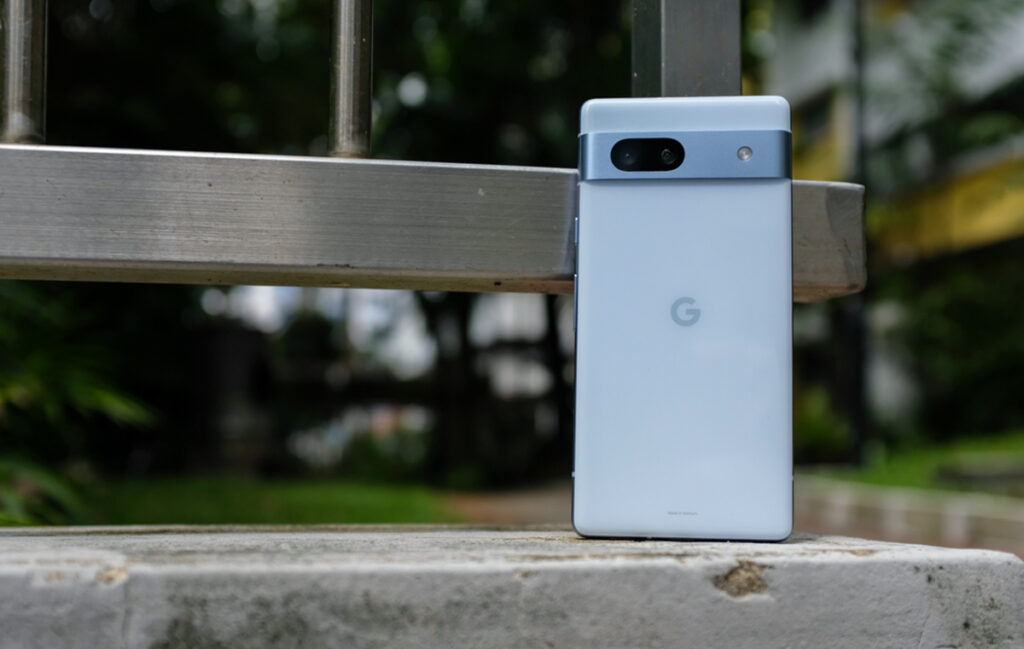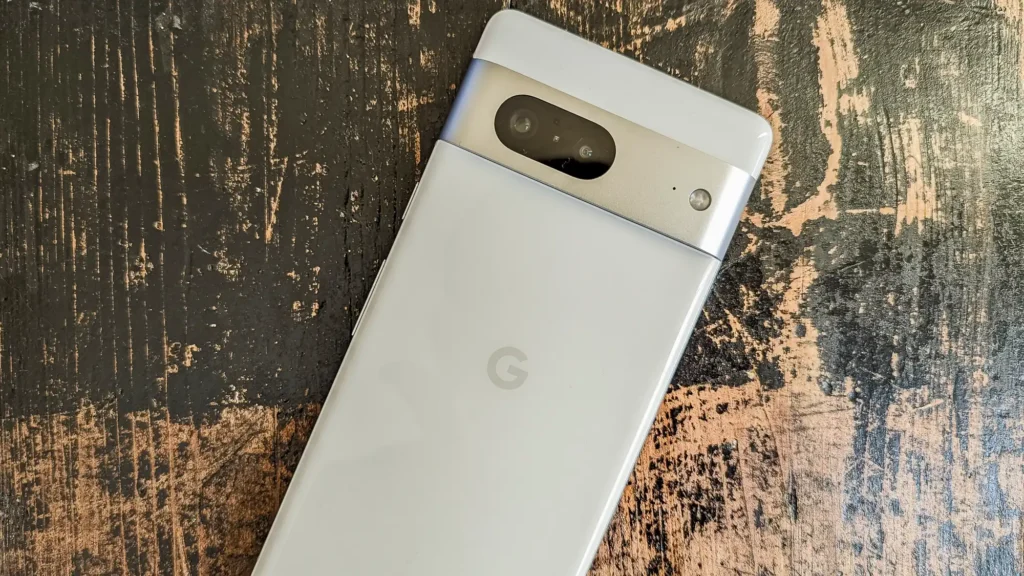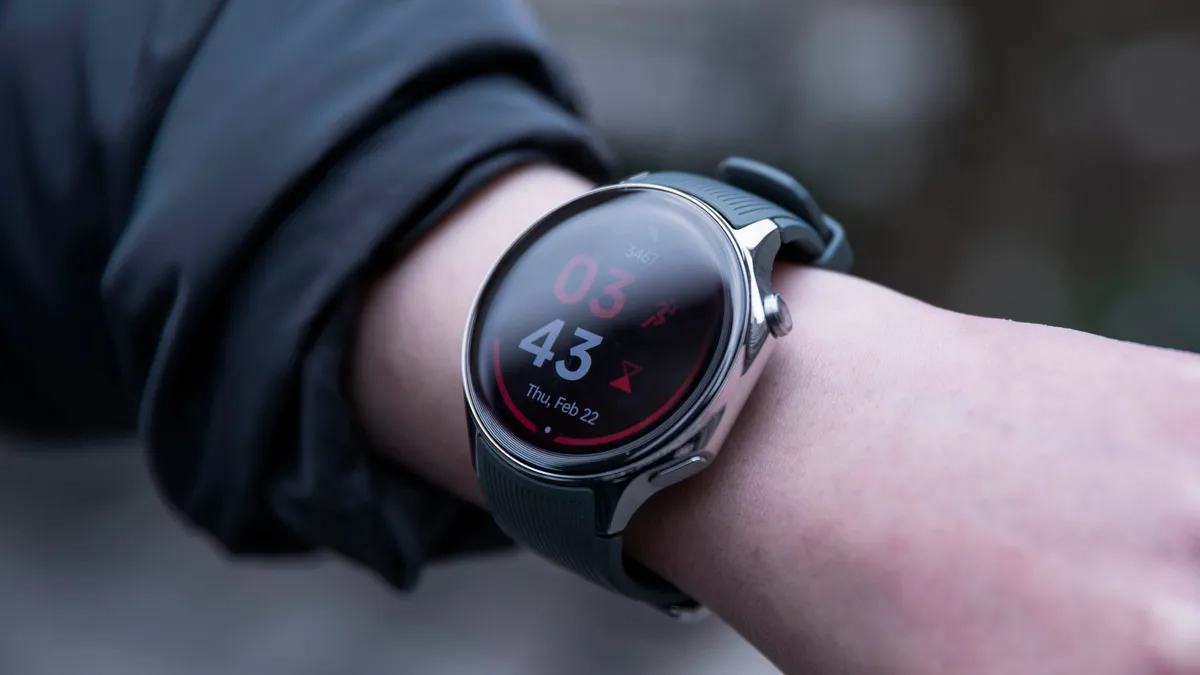Is the Google Pixel 7A Worth It? A Deep Dive into Google’s Affordable Flagship
January 17, 2025 | by ranazsohail@gmail.com

Alright, let’s talk for a second. Google is terrible at keeping secrets. And honestly, I don’t think it’s on purpose. Some people think the leaks are intentional—like they’re letting stuff slip to get free press, but I honestly don’t think that’s the case. I just think they’re really bad at it. Like, embarrassingly bad. By the time a Pixel phone actually drops, we already know everything about it. It’s just how it goes with Pixels these days.
But anyway, this is the Pixel 7A. You’ve probably heard about it by now, or at least seen some leaks. And yeah, most of what you’ve seen is true—it’s a Pixel after all. But here’s what matters: this is Google’s new mid-range phone, and it’s priced a little higher than the previous one. The Pixel 7A is $499, which is a bit more than the Pixel 6A was at launch ($449). So, what’s the deal? What’s new? Let’s talk about that.
What’s New?
Wireless Charging – So, the price went up, right? The Pixel 6A was $449, and now the 7A is $499. Why the price jump? Well, one of the big new features is wireless charging. It’s a nice convenience to have. Now, it’s not fast wireless charging (it’s capped at 7.5 watts), but it’s still handy. I’ve used it in my car while navigating with the GPS on and the screen cranked up bright, and it just holds its charge. Doesn’t go up or down, just stays steady. So, if you have a wireless charger at your desk or by your bed, it’s perfect for a nice, slow trickle charge overnight. Not every phone in this price range has wireless charging, so it’s a solid upgrade.
90Hz Display – Another upgrade is the 90Hz refresh rate. Here’s the thing though: it’s actually turned off by default when you first set up the phone. Out of the box, it’s a 60Hz display. But if you head into the settings and turn on Smooth Display, bam—it’s 90Hz. And let me tell you, it makes a huge difference. It’s 50% smoother than the 60Hz, and feels almost as smooth as the Pixel 7. Plus, you still get the same Tensor G2 chip and 8GB of RAM, so performance is basically identical to the Pixel 7. That extra smoothness is definitely a nice touch.
Honestly, I’m not a fan of using this phone at 60Hz, especially considering the price. It feels a bit more choppy than I expected—almost like it’s dropping frames and running closer to 45 or 55Hz. So yeah, definitely switch it to 90Hz for a smoother experience.
Build Quality: In terms of build quality, this one does take a small step down compared to the Pixel 7 (you can feel it when you tap the back). The rear is plastic now, but the metal rails are still there, which is nice. It’s also IP67 rated instead of IP68, but honestly, you won’t really notice. In day-to-day use, the phone feels solid—no creaking, no bending. It doesn’t feel cheap at all, so they’ve done a great job with the build.

It has a 6.1-inch flat display, still 1080p, and it goes up to 90Hz, like I mentioned. The display does show some color shifting and banding when you look at it from an angle, but overall, it’s bright enough and looks good for the price. It’s also covered with Gorilla Glass 3. Even though the screen is a little smaller, the slightly thicker bezels make the phone feel about the same size as the Pixel 7. So, honestly, it feels like a pretty fair trade-off.
There are a few new color options too. The light blue one is called Sea—like the ocean—which I think looks great. There’s also Charcoal (black) and Snow (white), plus a coral-red option that’s only available through the Google Store online. It’s actually pretty sharp-looking. And of course, if you want to mix things up, you can throw on a dbrand skin.
Skin: Speaking of skins, dbrand has a special one for this model. They were able to get the JerryRigEverything Teardown skin ready ahead of launch, which is pretty rare. So, here’s your first look at the phone’s interior, thanks to the skin. And if you want to grab it—or anything else on their site—you can get 15% off right now. Just head over to dbrand.com/mkbhd and use the code “EVERYTHING” at checkout.
Design:
At the end of the day, this still feels very much like a Pixel. You’ve got the familiar metal wraparound visor, the pill-shaped camera cutout, the antenna bands where they should be, and those satisfying clicky buttons. Honestly, they’ve nailed the hardware. For the price, this is a great deal.
Software:
Do I really need to talk about the software? I mean, it’s basically the same story as with the higher-end Pixels, which is something I really like. Not every brand does this. You’re getting all the same features that make the premium models stand out, and that’s a big plus.
I’ve called the Pixel the smartest phone out there because of things like how good Google Assistant is, the voice-to-text with on-device transcription, and that amazing Voice Recorder app. Then there’s the Assistant’s call screening and hold-time management, which is a game-changer. Oh, and Now Playing—how it identifies songs playing in the background wherever you go—still blows me away. Plus, Material You makes everything feel cohesive, adjusting the system colors based on your wallpaper. It’s a nice touch that makes the whole experience feel more personal.
And let’s not forget about the three years of software updates. While that used to be one of the longest commitments in the industry, Samsung now promises up to four or five years of support. Still, no surprises here—Pixel keeps delivering on the essentials.
When I first got this phone, the two things I was most curious about were the battery life and the cameras.

Battery:
The battery was a bit of a question mark for me because it’s about the same size as the one in the Pixel 7, so I wondered if the battery life would be similar. The cameras were also a big deal since, for the first time in a while, we’re seeing all-new sensors—something we haven’t seen in a Pixel before. It’s a bit of a departure from the usual setup.
So, starting with the battery: it’s 4,385 milliamp hours, with 18-watt wired charging (which is fairly slow) and 7.5-watt wireless charging (even slower). As far as battery life goes, I’d say it’s just average.
It’ll get you through a full day, but don’t expect much more than that. Even with the 90Hz refresh rate, which is fine, I was getting about three to four hours of screen-on time with my usual use, and I’d end the day with around 10% left. Unless you’re using it heavily, you shouldn’t have to worry about it dying before the end of the day. And if it does get low, you can always top it off with wireless charging to stretch it out a bit.
We’ll see how it holds up over time, but for now, I’d give the battery a C+.
RELATED POSTS
View all


